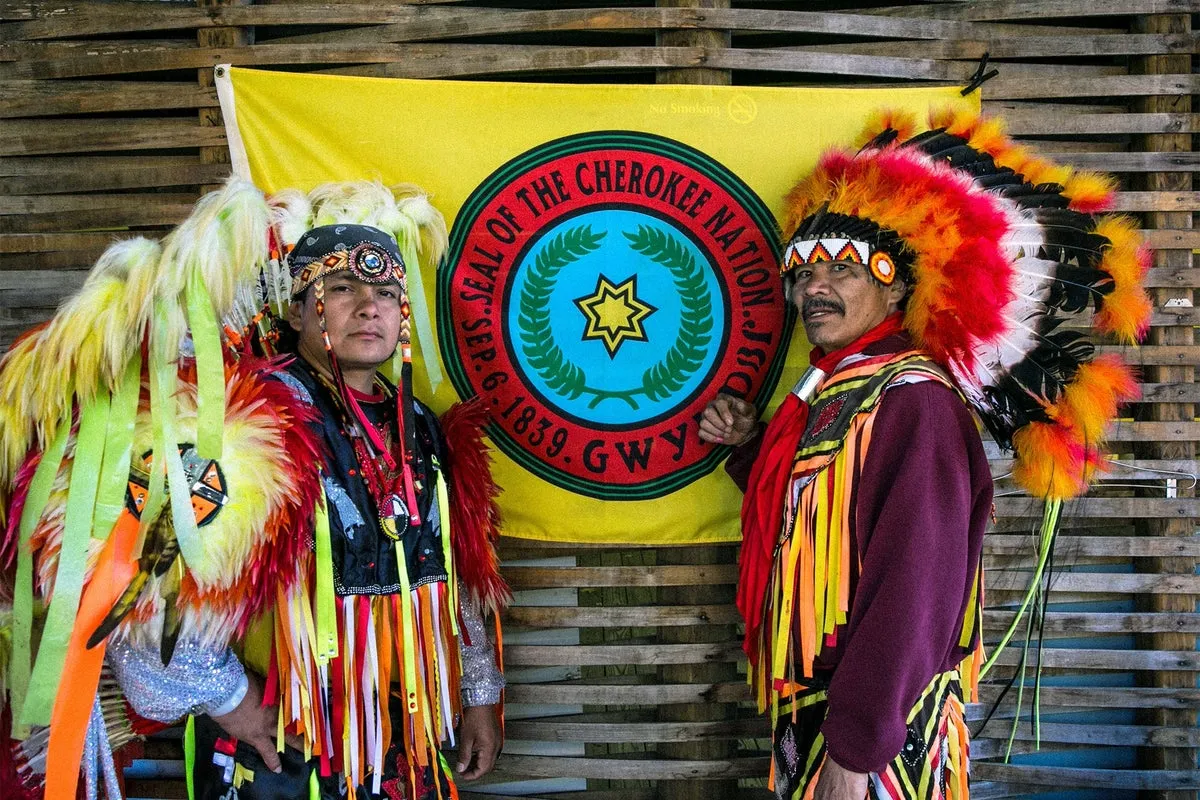Debunking the Myth: Unveiling the Economic Realities of Native American Communities
The image of a monthly check from the U.S. government to Native Americans is a persistent misconception. This comprehensive guide delves into the economic realities of Native American communities, exploring the complex factors shaping their financial landscape and highlighting opportunities for growth and economic empowerment.
The Myth of the Monthly Check
The misconception that Native Americans receive a monthly check from the government is deeply ingrained in popular culture. However, the reality is far more nuanced. Here’s why the “monthly check” narrative is inaccurate:
- Treaty Obligations: Historically, some treaties between the U.S. government and certain tribes included provisions for land use or resource sharing, leading to payments. However, these payments are not monthly and vary depending on the specific treaty.
- Tribal Sovereignty: Many tribes operate as sovereign nations with their own economies and revenue streams. These can include income from casinos, resource management, or business ventures.
- Federal Assistance Programs: Like all U.S. citizens, Native Americans are eligible for various federal assistance programs based on income and need. These programs are not exclusive to Native Americans and are not distributed as monthly checks specifically targeted towards them.
Table: Dispelling the Myth
| Misconception | Reality | Reference |
|---|---|---|
| Native Americans receive a monthly check from the U.S. government. | Inaccurate. Treaty obligations, tribal sovereignty, and federal assistance programs paint a more complex picture. | Bureau of Indian Affairs (.gov) https://www.bia.gov/ |
Understanding the Economic Landscape of Native American Communities
Native American communities face unique economic challenges, including:
- Historical Dispossession: Forced removal from ancestral lands disrupted traditional economic systems and continues to impact resource access and development.
- Limited Infrastructure: Many reservations lack adequate infrastructure for business development, hindering economic opportunities.
- Educational Disparities: Lower educational attainment can limit employment prospects and economic mobility.
Despite these challenges, Native American communities display remarkable resilience and entrepreneurial spirit. Here are some encouraging developments:
- Tribal Businesses: Many tribes operate successful businesses in various sectors, from tourism and hospitality to manufacturing and technology.
- Economic Development Efforts: Tribal governments and organizations are actively pursuing economic development initiatives to create jobs and diversify their economies.
- Preservation of Cultural Practices: Traditional crafts and cultural activities are being revitalized, generating income while preserving heritage.
FAQ: Native American Economy and Finances
Q: How much do Native Americans get paid a month?
There’s no single answer to this question. Income varies greatly among Native Americans and depends on factors like employment status, job sector, and tribal affiliation. Some may receive income from tribal businesses or federal programs, while others work in traditional jobs or hold leadership positions within their communities.
Q: Are there any financial assistance programs specifically for Native Americans?
Some federal assistance programs consider factors like tribal affiliation or residency on reservations when determining eligibility. These programs focus on needs like housing, healthcare, or education and are not a source of regular income.
Q: What can be done to improve the economic situation in Native American communities?
Several initiatives can contribute to economic growth:
- Supporting tribal sovereignty: Respecting tribal self-determination and promoting economic development efforts led by tribal governments.
- Investing in infrastructure: Building adequate infrastructure on reservations to attract businesses and create employment opportunities.
- Educational opportunities: Enhancing educational opportunities for Native Americans to improve job prospects and economic mobility.
Understanding Tribal Economies
Tribal economies encompass a diverse range of activities and income sources. Here’s a closer look at some key aspects:
- Gaming: Tribal casinos are a significant economic driver for many tribes, generating revenue that supports tribal governments, social programs, and infrastructure development. However, reliance on gaming comes with challenges, and some tribes are actively pursuing economic diversification.
- Natural Resources: Many reservations hold valuable natural resources like timber, minerals, and water. Sustainable management of these resources can provide tribes with income and create jobs. However, balancing economic development with environmental protection remains a crucial consideration.
- Cultural Preservation: Traditional arts, crafts, and cultural activities can be sources of income for Native American communities. Cultural tourism and the revitalization of indigenous knowledge systems hold promise for economic development while preserving cultural heritage.
The Role of Non-Profits and Philanthropy
Non-profit organizations and philanthropic initiatives play a vital role in supporting economic development in Native American communities. These organizations provide resources, training, and technical assistance to help tribes build capacity and pursue economic opportunities.
The Importance of Historical Context
Understanding the historical context of economic marginalization faced by Native Americans is essential. The legacy of forced removal, broken treaties, and government policies that restricted economic opportunities continues to have an impact. Addressing these historical injustices is crucial for achieving true economic equity.
Resources for Further Learning
- Bureau of Indian Affairs (.gov): https://www.bia.gov/ provides information on tribal governments, economic development programs, and resources for Native Americans.
- National Congress of American Indians (NCAI): https://www.ncai.org/ is the largest inter-tribal organization representing the collective voice of tribal nations.
- Indian Country Today: https://www.facebook.com/IndianCountryToday/ is a leading news source focusing on issues and news relevant to Native American communities.
By delving deeper into the economic realities of Native American communities, we can move beyond stereotypes and support them in achieving a brighter economic future.
Conclusion
The economic realities of Native American communities are complex and multifaceted. Moving beyond the myth of the monthly check allows for a deeper understanding of the challenges and opportunities they face. By supporting tribal sovereignty, investing in infrastructure and education, and promoting economic development initiatives, we can help Native American communities thrive and achieve long-term economic prosperity.






More Stories
Where to Watch USMNT vs Jamaica National Football Team
How I Met My Monster
How Should a Ring Fit